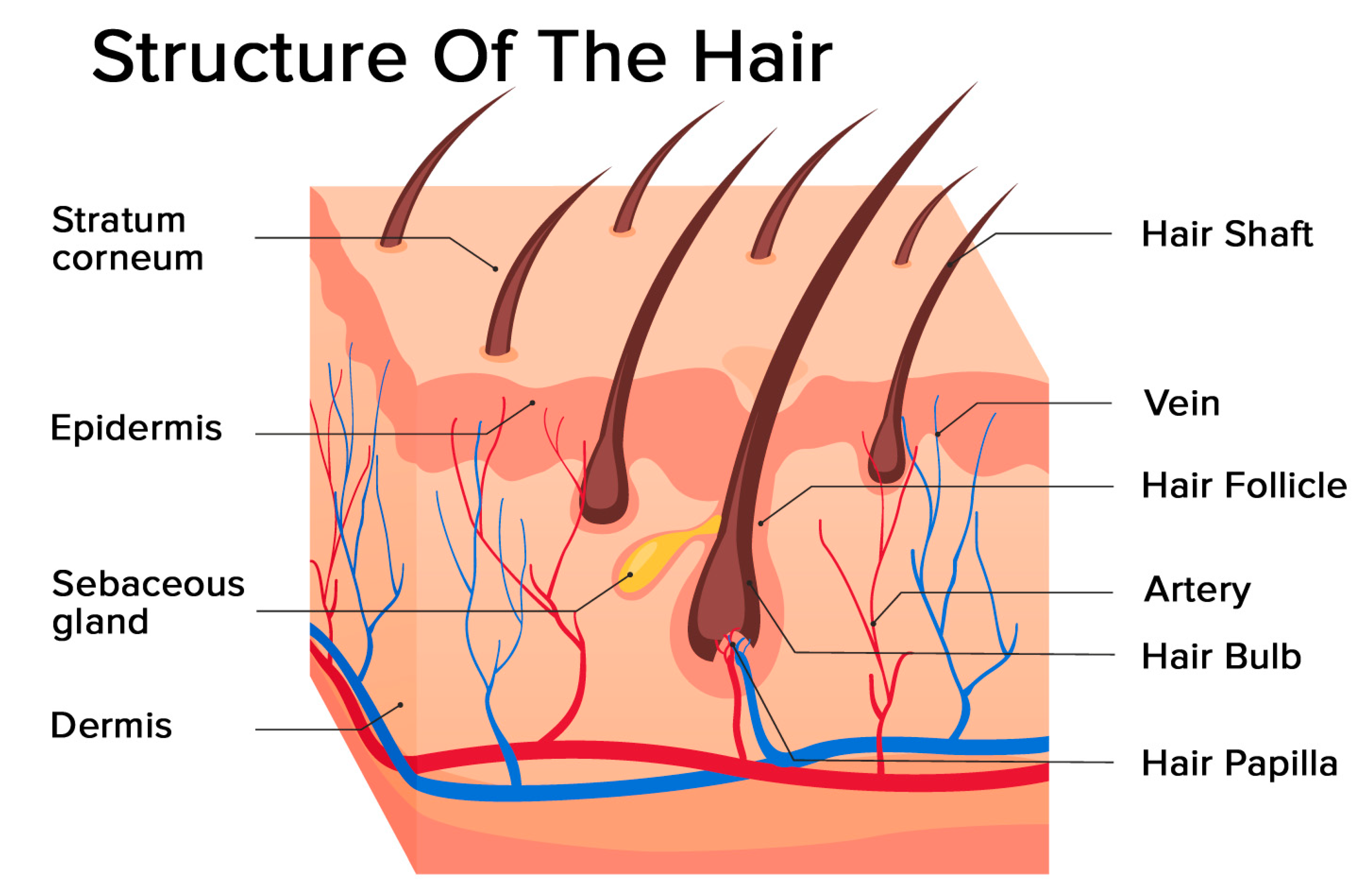
Normal menses, androgen levels, and ovaries on ultrasonographyįamily history of congenital adrenal hyperplasia Normal to mildly elevated androgen levels Causes of Hirsutism and Their Diagnostic Clues Diagnosisĭistinguishing historical and clinical clues Hypertrichosis may be congenital or caused by metabolic disorders such as thyroid dysfunction, anorexia nervosa, and porphyria. 2, 3 Hirsutism should be distinguished from hypertrichosis, which is generalized excessive hair growth not caused by androgen excess. 1 Hirsutism occurs in approximately 7 percent of women and has an estimated economic burden in the United States of more than $600 million annually. It is generally associated with hyperandrogenemia. Hirsutism is defined as excess terminal hair that commonly appears in a male pattern in women. Treatment response should be monitored for at least six months before making adjustments.

Topical agents, such as eflornithine, may also be used. In patients who are not planning a pregnancy, first-line pharmacologic treatment should include oral contraceptives. Evidence for the effectiveness of electrolysis and laser therapy is limited. Shaving is effective but needs to be repeated often. Treatment includes hair removal and pharmacologic measures. Further workup is guided by history and physical examination, and may include thyroid function tests, prolactin level, 17-hydroxyprogesterone level, and corticotropin stimulation test. A total testosterone level greater than 200 ng per dL (6.94 nmol per L) should prompt evaluation for an androgen-secreting tumor. For patients with moderate or severe symptoms, an early morning total testosterone level should be obtained, and if moderately elevated, it should be followed by a plasma free testosterone level. Patients without these findings who have mild symptoms and normal menses can be treated empirically. Symptoms and findings suggestive of neoplasm include rapid onset of symptoms, signs of virilization, and a palpable abdominal or pelvic mass. In patients whose hirsutism is not related to medication use, evaluation is focused on testing for endocrinopathies and neoplasms, such as polycystic ovary syndrome, adrenal hyperplasia, thyroid dysfunction, Cushing syndrome, and androgen-secreting tumors.

Many medications can also cause hirsutism.

The most common cause of hirsutism is polycystic ovary syndrome, accounting for three out of every four cases. Although hirsutism is generally associated with hyperandrogenemia, one-half of women with mild symptoms have normal androgen levels. Hirsutism is excess terminal hair that commonly appears in a male pattern in women.


 0 kommentar(er)
0 kommentar(er)
